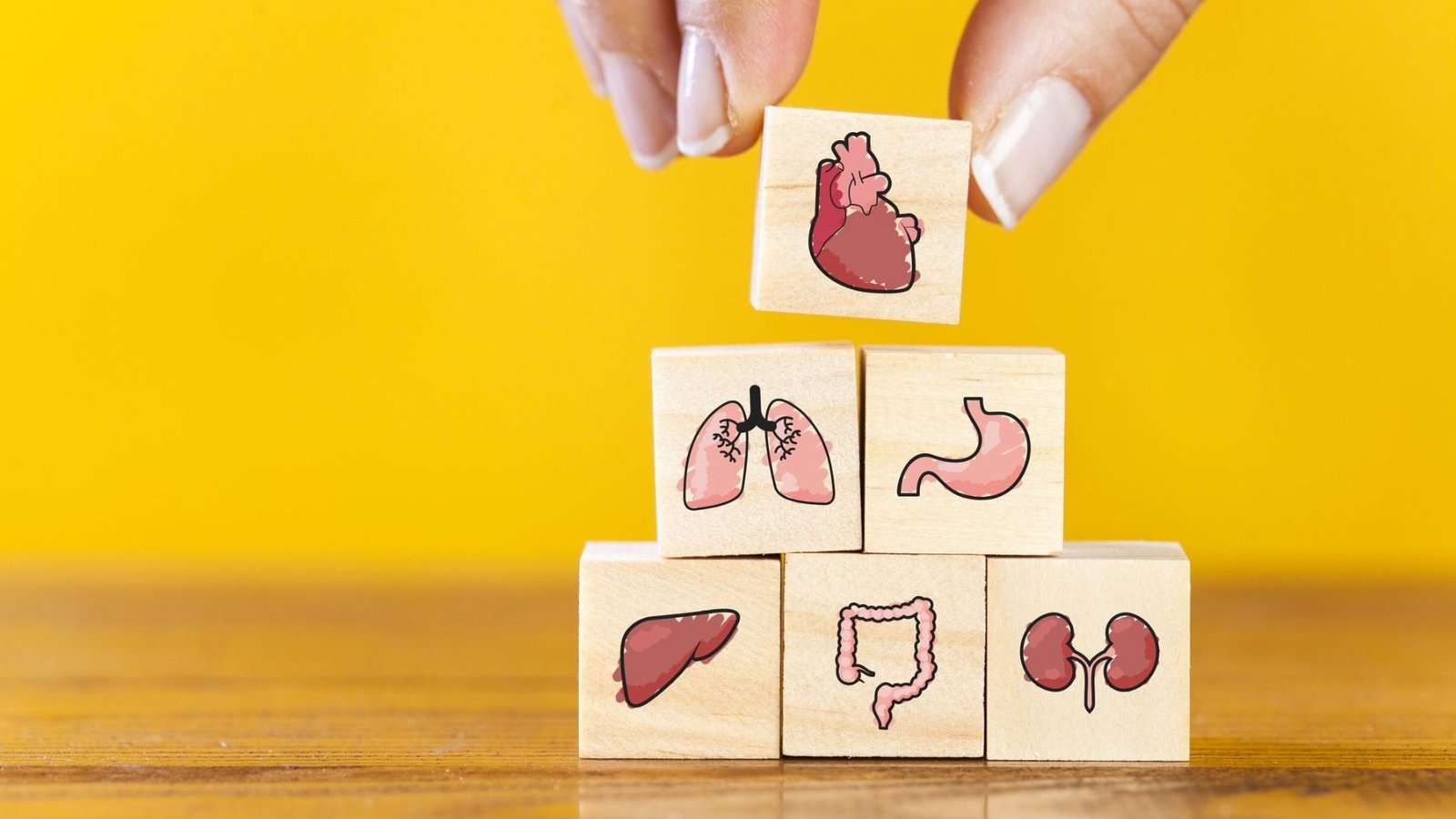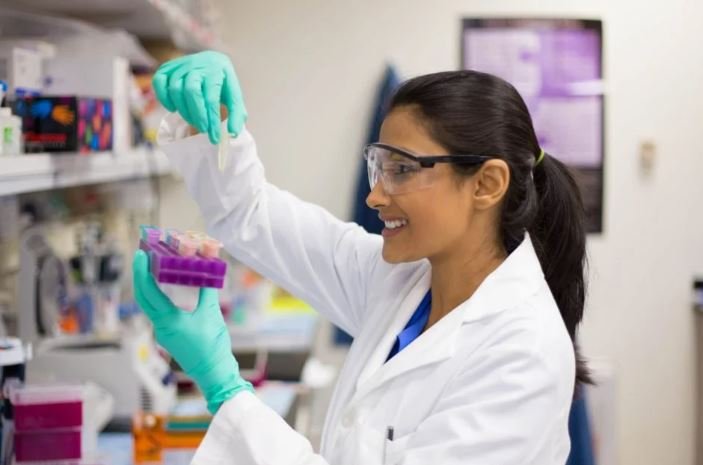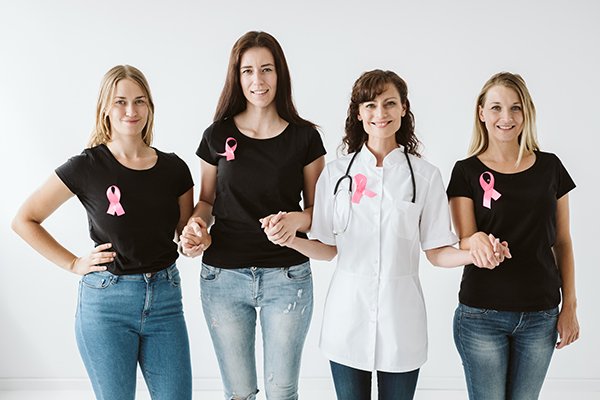Cancer is a complex disease influenced by various risk factors, some of which are within your control, while others are not. Understanding these risk factors can help you make informed decisions about your lifestyle and health, potentially reducing your risk of developing cancer. In this article, we’ll explore the main risk factors for cancer and what you can do to protect yourself.

Lifestyle Choices
Your daily habits play a significant role in your overall cancer risk. A diet high in processed foods, red meats, and sugary beverages has been linked to an increased risk of certain types of cancer, such as colorectal cancer. On the other hand, a diet rich in fruits, vegetables, whole grains, and lean proteins can help reduce your risk.
Regular physical activity is also crucial. Exercise helps maintain a healthy weight, reduces inflammation, and improves immune function, all of which contribute to lowering cancer risk. Aim for at least 150 minutes of moderate-intensity exercise per week, such as brisk walking, swimming, or cycling.
What You Can Do
Focus on eating a balanced diet with plenty of plant-based foods and incorporate regular physical activity into your routine. Avoid excessive consumption of red and processed meats, sugary drinks, and foods high in unhealthy fats.
Tobacco and Alcohol Use
Tobacco use is one of the most significant risk factors for cancer, particularly lung, mouth, throat, and bladder cancers. Even exposure to secondhand smoke can increase your risk. Similarly, excessive alcohol consumption is linked to several types of cancer, including breast, liver, and esophageal cancers.
What You Can Do
If you smoke, quitting is one of the best steps you can take to reduce your cancer risk. Seek support from healthcare professionals or smoking cessation programs. Limit alcohol intake to moderate levels—no more than one drink per day for women and two for men.
Environmental and Occupational Exposures
Certain environmental factors, such as exposure to harmful chemicals, radiation, and pollutants, can increase your risk of cancer. Occupational exposures to substances like asbestos, benzene, and formaldehyde are also known risk factors for various types of cancer.
What You Can Do
Reduce exposure to environmental carcinogens by using protective gear at work, avoiding known pollutants, and following safety guidelines for handling hazardous materials. Ensure your home is free of radon, a radioactive gas that can increase the risk of lung cancer.
Genetic Predisposition
Some people inherit genetic mutations that increase their risk of developing cancer. For example, mutations in the BRCA1 and BRCA2 genes are linked to a higher risk of breast and ovarian cancers. If you have a strong family history of cancer, you may be at an increased risk.
What You Can Do
If you have a family history of cancer, consider genetic counseling and testing. Knowing your genetic risk can help you and your healthcare provider develop a personalized cancer prevention plan, which may include regular screenings and lifestyle modifications.
Age and Gender
Age is a significant risk factor for cancer, with most cases occurring in people aged 50 and older. Gender also plays a role in cancer risk, with certain cancers being more common in one gender than the other. For example, prostate cancer primarily affects men, while breast cancer is more common in women.
What You Can Do
While you can’t change your age or gender, being aware of your risk factors can help you stay vigilant about screenings and early detection. Regular screenings, such as mammograms, colonoscopies, and prostate exams, can help detect cancer early when it’s most treatable.
Infection-Related Cancers
Certain infections, such as human papillomavirus (HPV), hepatitis B and C, and Helicobacter pylori, are linked to an increased risk of cancer. HPV is a major cause of cervical cancer, while hepatitis B and C can lead to liver cancer.
What You Can Do
Protect yourself from infection-related cancers by getting vaccinated against HPV and hepatitis B. Practice safe sex, avoid sharing needles, and seek treatment for chronic infections to reduce your cancer risk.
Sun Exposure and Skin Cancer
Ultraviolet (UV) radiation from the sun and tanning beds is the primary cause of skin cancer, including melanoma, the deadliest form. Excessive sun exposure, particularly without protection, increases your risk of developing skin cancer.
What You Can Do
Protect your skin by wearing sunscreen with a high SPF, seeking shade during peak sun hours, and wearing protective clothing and hats. Avoid indoor tanning and regularly check your skin for any changes or new growths.
Conclusion
Understanding the risk factors for cancer is the first step toward taking control of your health. While some risk factors, like age and genetics, are beyond your control, many others can be managed through lifestyle changes and preventive measures. By making informed decisions about your diet, exercise, tobacco and alcohol use, and sun exposure, you can reduce your risk of cancer and improve your overall well-being. Regular screenings and medical check-ups are also essential for early detection and prevention, so stay proactive about your health and consult with your healthcare provider to develop a personalized plan.




